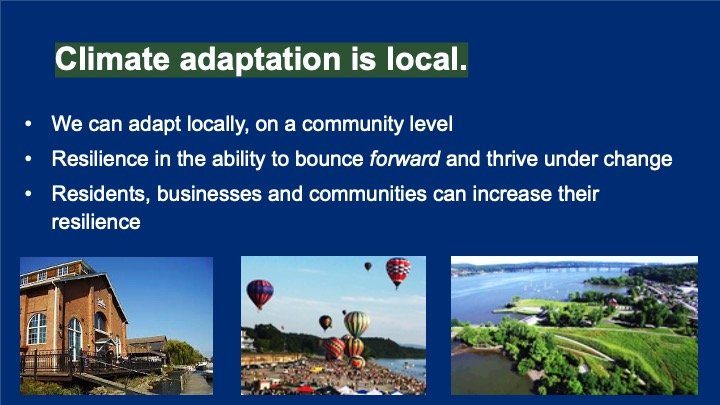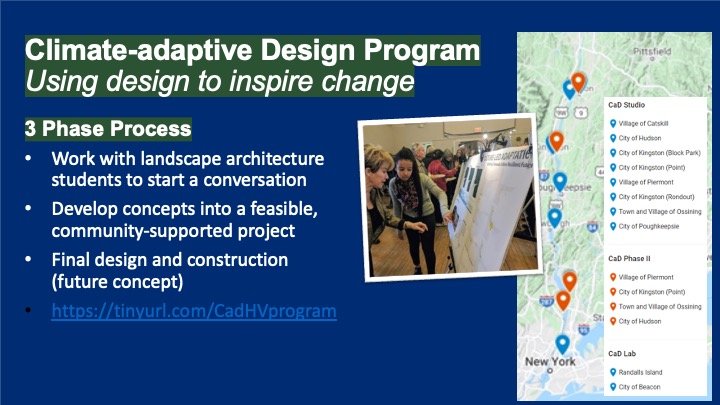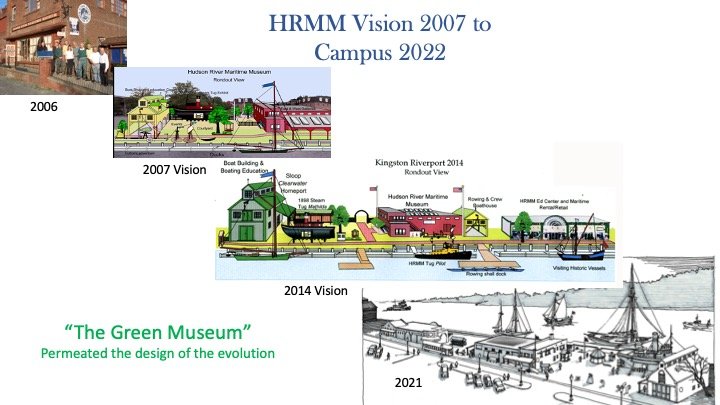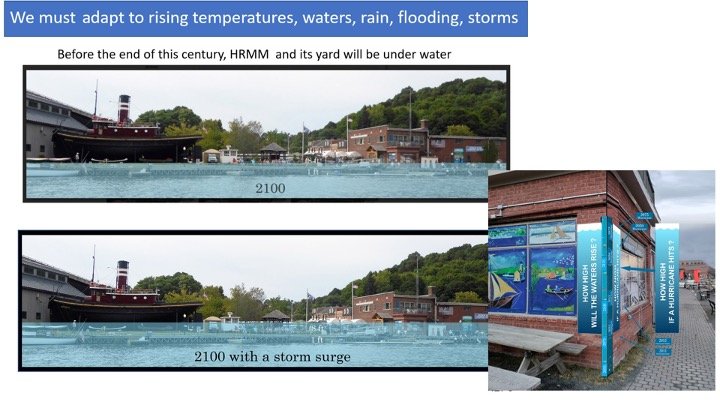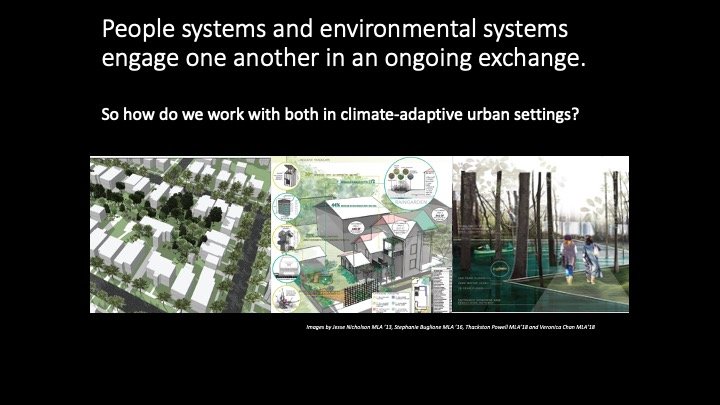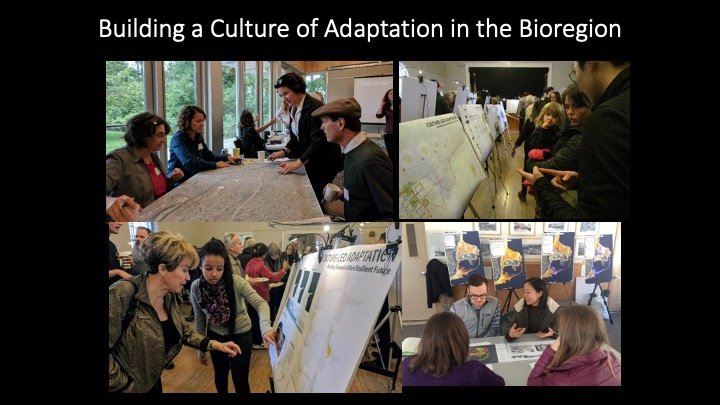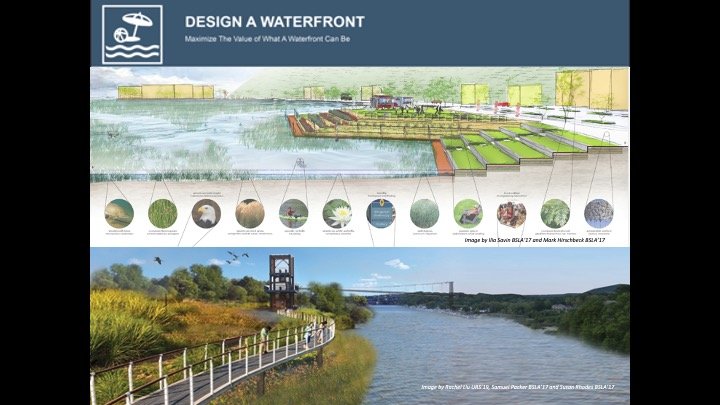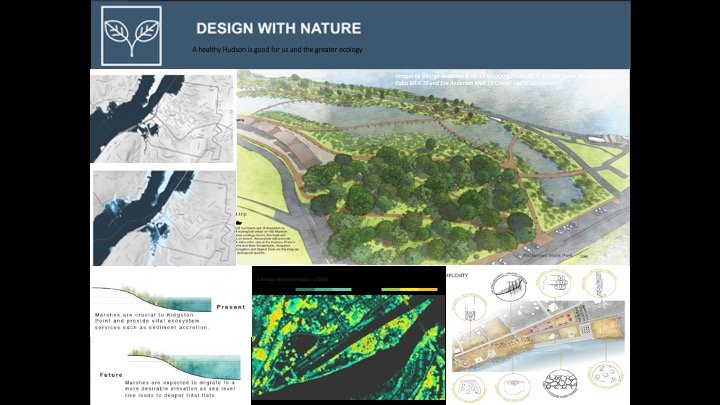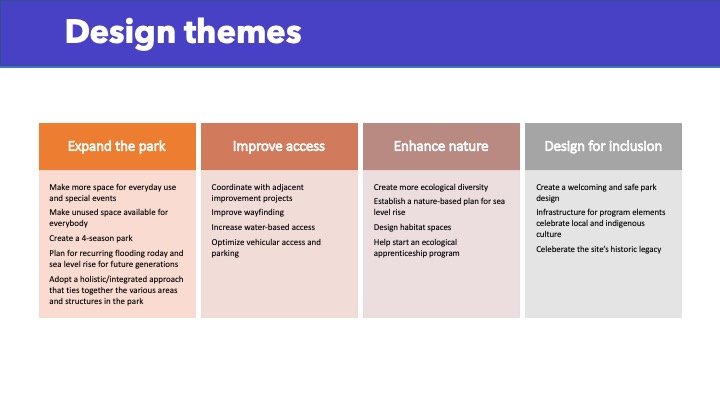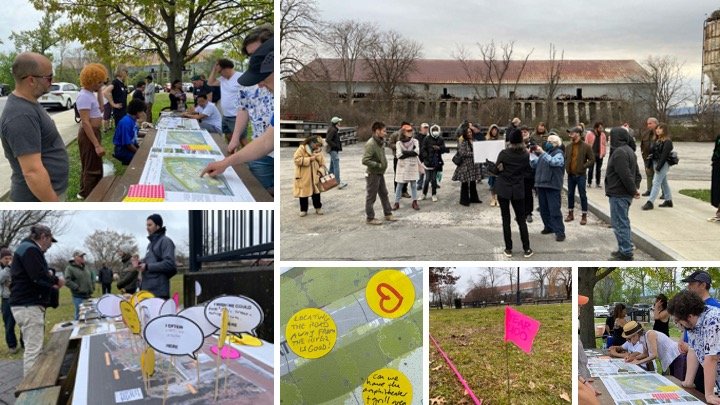“Hudson River Resilience: Designing Our Future Waterfronts” (6/30) Video
After decades of industrialization, pollution, and neglect, communities up and down the Hudson River are transforming their waterfronts into useable, ecologically sensitive spaces.
This transformation also raises a host of questions: Should these waterfronts be turned into greenspace for all? How can a shoreline both be economically viable but also adaptive to rising tides? How might we envision the restoration of our waterfronts as part of a region-wide comprehensive plan?
Indeed, perhaps the biggest question is how we might design our waterfronts to be resilient, inclusive places that can resist the multitude effects of climate change.
The lower Hudson is a tidal estuary, and therefore vulnerable both to the effects of sea level rise and high water runoff events. Shorelines will become increasingly exposed to such volatility. Beyond rising waterlines, the climate crisis also raises sociocultural issues—who will get displaced? What do we do with vulnerable properties? How do we handle flood insurance? And how can we make our cities welcoming to climate refugees?
In this event, our first live event at the FOCUS Lab, which also coincided with the US Supreme Court's decision to limit the powers of the EPA to regulate climate emissions, we heard from a range of thinkers and practitioners who are facing the question of resilient waterfronts head on.
Libby Zemaitis, Climate Change Program coordinator at the NYS DEC Hudson River Estuary Program, gave an overview of some of the climate adaptive projects along the Hudson. Russell Lange, former Executive Director of the Hudson River Maritime Museum, talked about life along a rising shoreline in Kingston and some of the adaptive strategies they’ve implemented. Professor Josh Cerra, principal investigator for the Climate-adaptive Design Program at Cornell University, introduced CaD’s unique format of pairing student researchers and designers with waterfront communities. We then zeroed into the case study of Hudson, NY, as we heard from Lyndsey Cooper, Climate Outreach Specialist at DEC’s Hudson River Estuary Program, who discussed some of the Phase II estuary work being done around Hudson’s waterfront.
Here is a link to the presenters' slideshow and a link to video of the event.
Highlight Slides from the Presentations:
Video of the Event:



